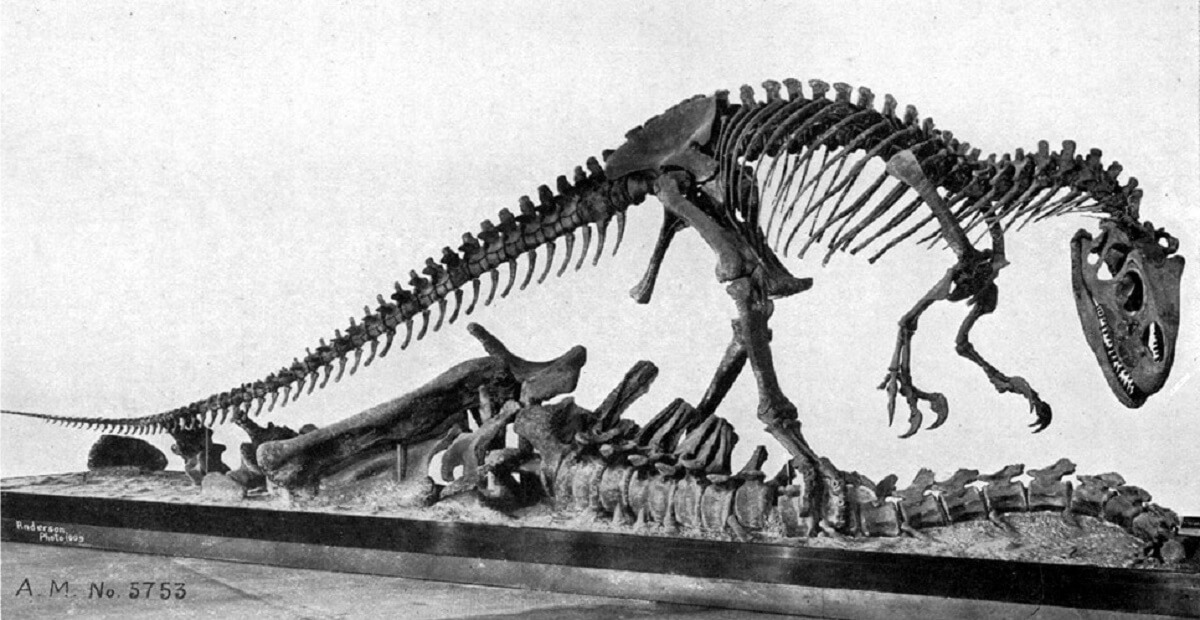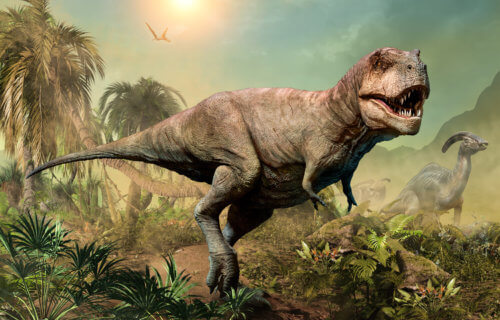PORTLAND, Ore. — Jurassic meat-eaters, such as the T.rex and Allosaurus, may have been opportunists more than terrifying predators. A new study suggests that they commonly scavenged on the remains of giant dinosaurs instead of killing their own dinner.
The study indicates that decaying flesh might have been a significant food source for these apex predators, who possibly opted for scavenging over hunting due to its lower energy cost. The researchers suggest carnivorous dinosaurs thrived in ecosystems abundant with both living and dead prey. They hypothesize that the carcasses of enormous dinosaurs, like sauropods, could have been a substantial source of nutrition for large carnivores in the region.
To explore this theory, the researchers developed an agent-based model — a simplified virtual simulation replicating a dinosaur ecosystem. The simulation was based on the Morrison Formation from the Jurassic era, a region that was home to formidable predators such as Allosaurus, enormous sauropods, their remains, and an abundant population of stegosaurs available for hunting.
In the simulation, carnivores, representing allosaurs, were endowed with traits enhancing their hunting or scavenging capabilities while consuming meat sources — mimicking living prey or sauropod remains.

The study acknowledges the model’s representation as a “simplified abstract” of a complex system. The researchers admit that incorporating additional variables, such as more dinosaur species or aspects of the dinosaurs’ life histories, might alter the results. However, they emphasize that these models can enhance understanding of how the availability of carrion influences the evolution of predators.
“Our evolutionary model demonstrates that large theropods such as Allosaurus could have evolved to subsist on sauropod carrion as their primary resource,” explains co-author Professor Luis Ruedas from Portland State University in a media release. “Even when huntable prey was available to them, selection pressure favored the scavengers, while the predators suffered from lower fitness. So we think allosaurs probably waited until a bunch of sauropods died in the dry season, feasted on their carcasses, stored the fat in their tails, then waited until the next season to repeat the process.”
“This makes sense logically too, because a single sauropod carcass had enough calories to sustain 25 or so allosaurs for weeks or even months, and sauropods were often the most abundant dinosaurs in the environment.”
The study is published in the journal PLoS ONE.
You might also be interested in:
- This ‘bloodthirsty’ predator ruled South America 40 million years before dinosaurs
- Why did the monstrous T. rex have such tiny arms?
- What if the dinosaurs hadn’t gone extinct? Why our world might look very different
South West News Service writer Stephen Beech contributed to this report.


who is the cretin that wrote this… tyrannosaurus in the jurassic?